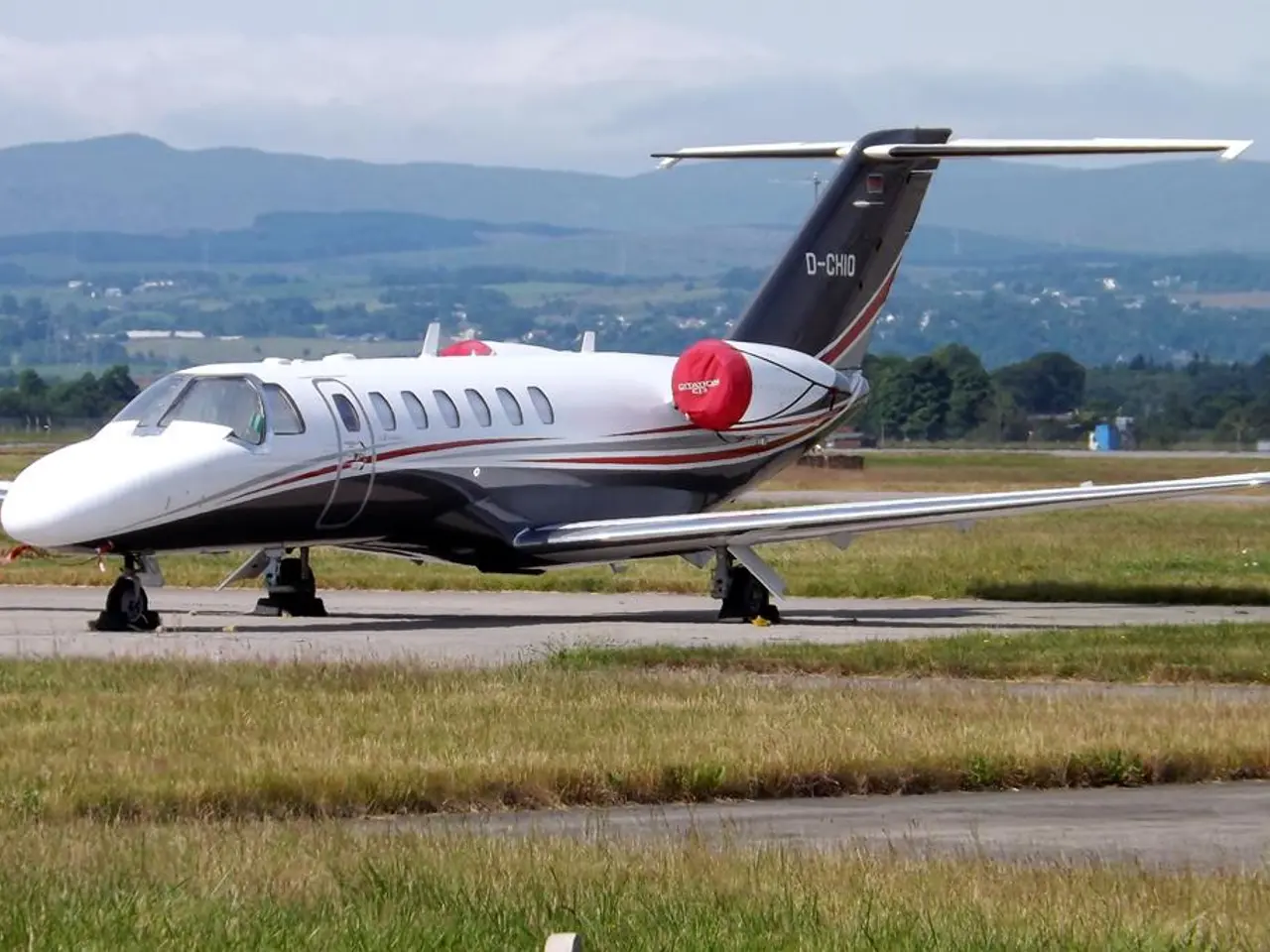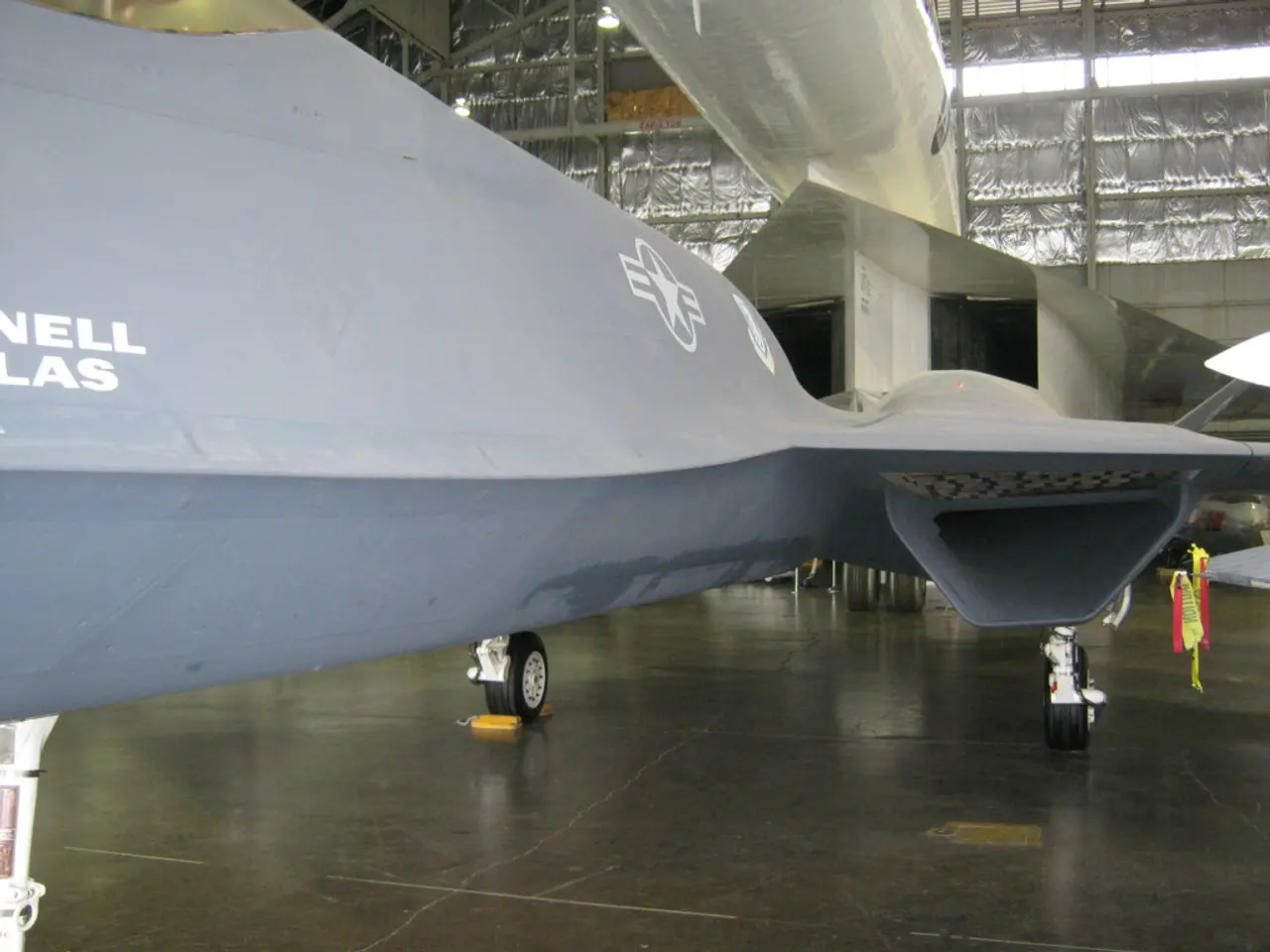Navigating Perilous Skies: American Pilots Soaring Above the Himalayas During World War II
The Forgotten Heroes of the "Hump": America's Young Aviators and the Perilous Mission Over the Himalayas
In the heart of World War II, a group of young US Army Air Forces aviators, many barely 23 or 24 years old, embarked on one of the war's most hazardous air operations. Flying unarmed cargo planes like the C-47 Dakota and C-46 Commando, they braved extreme weather and treacherous mountainous terrain to transport critical supplies from British-controlled India to Nationalist China, over the treacherous Himalayas, a route now famously known as the "Hump."
These brave pilots, often grimly calling themselves the "Forgotten Bastards of India," faced not only the challenges of mountain flying but also the terrifying jungles below. Bailing out could be even more life-threatening than crashing among the peaks, as their main fear was surviving a crash and the jungle environment rather than just the flight itself.
The "Hump" route was essential for keeping China supplied after the fall of Burma. It became one of the deadliest air routes of the war, with many wreckages from downed planes remaining in the region's mountains and rainforests as a testament to the perilous nature of the missions. The pilots' bravery was also linked to the famed Flying Tigers, American volunteer pilots who helped defend China and opened this critical supply line.
Unfortunately, the close relationship between America and China in the post-war world was not achieved, contributing to the obscurity of the China-Burma-India theatre's exploits today. The Ledo Road, built during the war, served little practical purpose and was disintegrating by the latter part of 1945.
Field Marshal Lord Alanbrooke wrote that he never understood why the Americans attached such importance to Chiang Kai-shek. Lauchlin Currie, Roosevelt's economic adviser, concluded that Chiang Kai-shek could be held in line with "a little care and attention from America." However, the Americans' focus on China and catering to Chiang Kai-shek's demands bewildered and frustrated the British.
Initially, the Hump operation aimed to supply 5,000 tons of supplies to China monthly. However, the goalposts were later moved to 7,500 and then 10,000 tons. By the end of World War II, US Air Transport Command planes were averaging 41,482 tons of supplies per month over the Himalayas. The recapture of Myitkyina air base in Burma in August 1944 allowed a safer, lower, and more southerly route for the Hump operation.
Estimates suggest that an estimated 594 US Army Air Transport Command aircraft remain scattered on mountainsides and in jungles across the old Hump route, a poignant reminder of the courage and sacrifice of these young aviators who flew one of the most dangerous air operations in World War II.
References:
- The Forgotten Few: The Untold Story of the USAAF in China, 1942-1945
- The Hump: America's Perilous Air Lifeline to China
- The Hump: The Story of the Air Transport Command in China
- Flying Tigers: Claire Chennault and His American Volunteer Group
- The Flying Tigers: The Untold Story of the American Pilots Who Waged a Secret War Against Japan
- These young aviators, braving the perilous "Hump" route during World War II, were a crucial part of the finance and industry sector, helping to maintain the aviation industry's supply chain, particularly in the transportation of goods from India to China.
- The dangerous missions over the Himalayas were not just a matter of military politics, but also a significant aspect of general news, with the bravery of the US Army Air Forces aviators becoming a hot topic in both the United States and abroad.
- In the aftermath of World War II, the focus on China and keeping Chiang Kai-shek in line, as perceived by British officials, was indicative of wider geopolitical dynamics influencing the finance and aviation industries, shaping the economic relationships between nations and the flow of goods and resources, including the war-torn regions of Asia.





